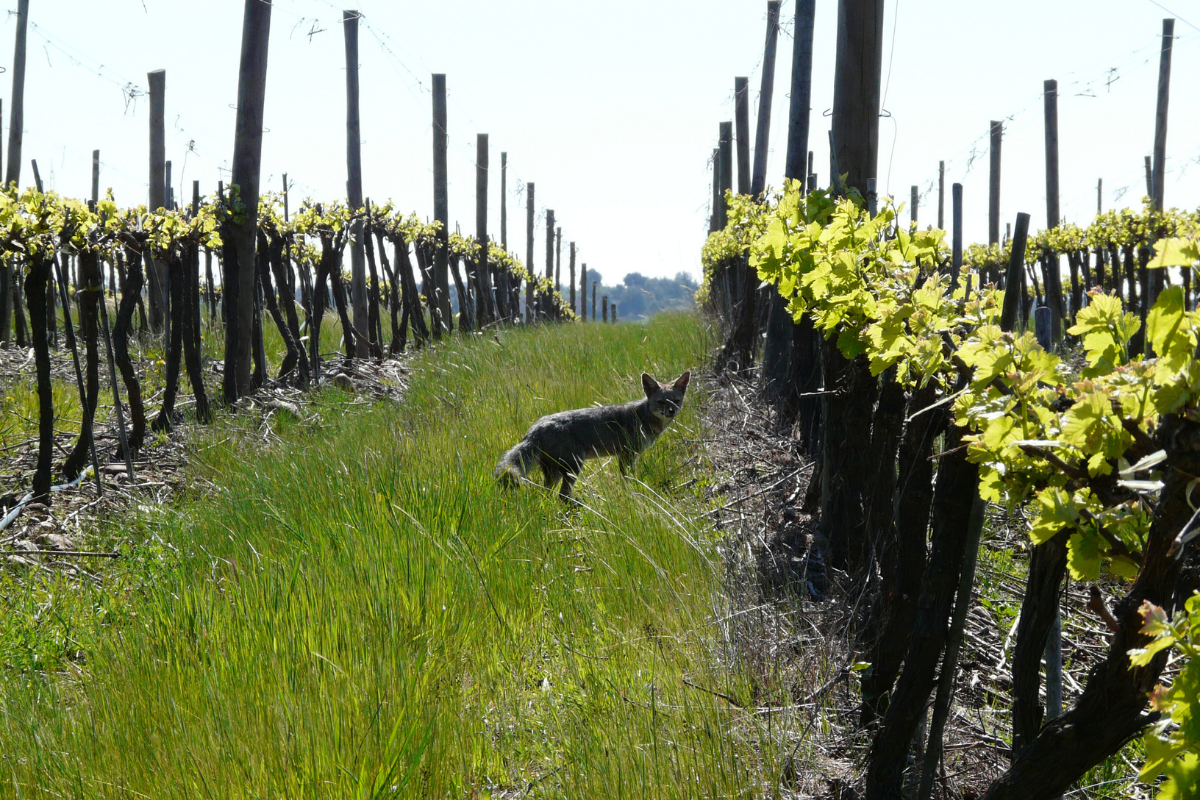- Sustainability
- September 7th, 2021
Viña Concha y Toro joins global biodiversity network led by the IUCN and NatureMetrics
This major initiative forms part of the company’s Mediterranean Forest Conservation Program and will contribute to the generation of a global biodiversity map, as well as strengthening the development of conservation plans for wine ecosystems in Chile.
During the World Conservation Congress organized by the International Union for Conservation of Nature (IUCN), Viña Concha y Toro announced that it will initiate a collaboration with this organization dedicated to monitoring biodiversity in different areas around the world, in order to map the distribution of various species and contribute to global knowledge of ecosystems through genetics and cutting-edge technology.
eBioAtlas, the initiative of the IUCN and NatureMetrics, is based on the fact that species leave traces of their DNA in different environments such as waterways, wetlands and forests. Using the innovative eDNA technique it is possible to know the species present in different ecosystems, as well as their migration habits. To access this information, Viña Concha y Toro will first take water samples from its estates and forests, which will later be sequenced and analyzed in NatureMetrics’ laboratories located in the United Kingdom. The information collected will be part of the largest repository of biodiversity of flora and fauna species, contributing not only to local biodiversity but also to a complete global map.
“The flora and fauna leave traces of DNA in every place they use or travel. Obtaining qualitative and quantitative information will allow us to advance faster in our ecology restoration efforts, since one of the great problems in this area is the time it takes for field inventories and how static is the information that can be obtained in them. Using the eDNA method we can access information in real time and online. Furthermore, thanks to this initiative that is part of our Mediterranean Forest Conservation Program, the company will be making a major contribution to the world biodiversity map, delivering information and making it available to the global community”, explains Valentina Lira, Sustainability Director from Viña Concha y Toro.
NatureMetrics has used eDNA to carry out surveys for more than 200 businesses, governments and conservation organizations in the world. Viña Concha y Toro will be the first wine company to contribute genetic information from its vineyards to the global biodiversity map. Recently, NatureMetrics analyzed 160 samples of water collected in the Peruvian Amazon with WWF Peru, which had originally aimed to only focus on manatees and pink river dolphins. However, 675 further species and their distributions were identified. “eDNA is a game changer because it allows surveys to be done much faster and it has the potential to pick up much more information than through conventional sampling. Adding data from Viña Concha y Toro’s vineyards in Chile will give us powerful insights about their local nature allowing us to discover patterns and trends in other scales, and, overall, to define actions we can take to turn the tide on the loss of nature globally”, said Will Darwall, Head of IUCN’s Freshwater Biodiversity Unit.
“We face a biodiversity crisis and we’ve been running blind. We know we have to act to protect threatened species and their habitats, but the lack of data makes it hard to set tangible targets and monitor progress, or to incentivize businesses and governments to take meaningful action. We end up spinning in circles and going nowhere, while the loss of nature continues to accelerate”, Dr. Kat Bruce, NatureMetrics Founder, emphasizes.
Viña Concha y Toro has 4,272 hectares of (natural) sclerophyll forest present within its estates in Chile, equivalent to half a hectare of protected natural forest for each hectare of land used for grape production. Through its Mediterranean Forest Conservation Program, the company has implemented initiatives to protect and improve these forest areas in order to protect and safeguard the natural environment. “The presence of diverse flora and fauna species in our vineyards is proof that our natural heritage is in an excellent state of conservation, and coexists perfectly with the production of high-quality wines”, says Valentina Lira.
The World Conservation Congress, held this year in France between September 3 and 11, brings together more than 1,400 organizations, members from more than 160 countries and various representatives of civil society to define priorities and to promote actions in science, practices and policies for nature conservation and sustainable development.



